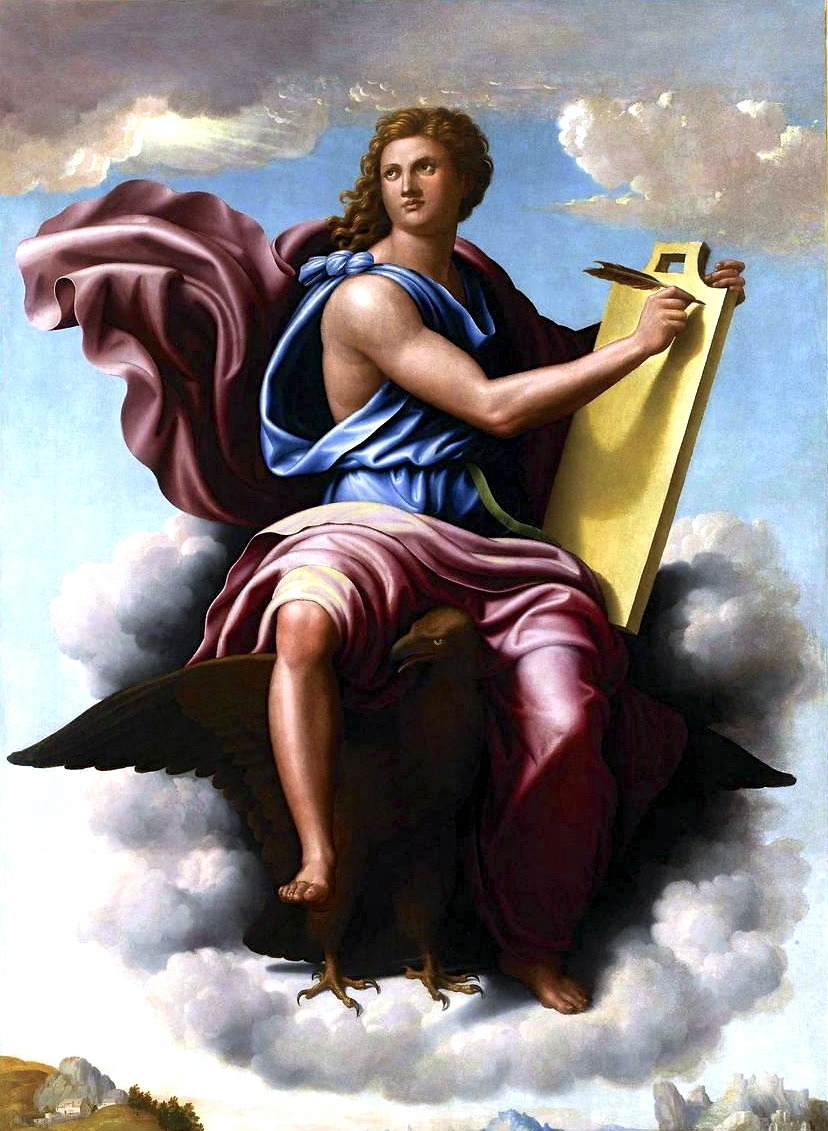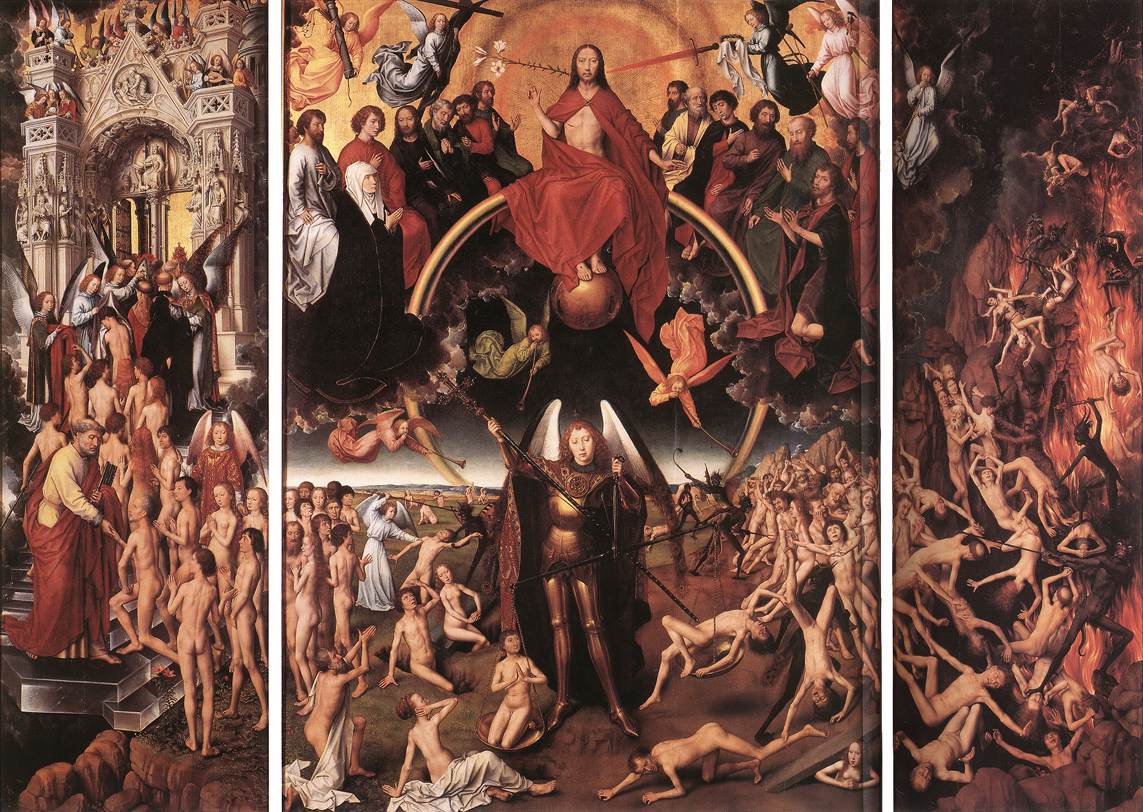.
 .
.
.
.
 .
.
From Wikipedia
.
"John the Revelator" is a traditional gospel blues call and
response song. It has been called "one of the most powerful
songs in all of pre-war acoustic music ... which
has been hugely influential to blues performers".
American gospel-blues musician Blind Willie Johnson
recorded "John the Revelator" in 1930 and subsequently
a variety of artists have recorded their renditions of the song,
often with variations in the verses and music.
.
The song's title refers to the Apostle John in his role as the
author of the Book of Revelation. A portion of that book
focuses on the opening of seven seals and the resulting
apocalyptic events. In its various versions, the song quotes
several passages from the Bible in the tradition of
American spirituals.
.
Blind Willie Johnson version
.
Blind Willie Johnson recorded "John the Revelator" during his fifth and final recording session for Columbia Records in Atlanta, Georgia on April 20, 1930. Accompanying Johnson on vocal and guitar is Willie B. Harris (sometimes identified as his first wife), who sings the response parts of the song. Their vocals add a "sense of dread and foreboding" to the song, along with the chorus line "Who's that a writin', John the Revelator" "repeated like a mantra".
.
.
Johnson's lyrics reference a number of
passages from the Bible:
- [call] Well who's that writin'?
- [response] John the Revelator
- Who's that writin'? John the Revelator
- Who's that writin'? John the Revelator
- A book of the seven seals
- Tell me what's John writin'?
- Ask the Revelator
- What's John writin'? Ask the Revelator
- What's John writin'? Ask the Revelator
- A book of the seven seals
- Well ooh ooh why me, thousands cried holy
- Bound for some, Son of our God
- Daughter of Zion, Judah the Lion
- He redeemeth, and bought us with his blood
- [Repeat verses 1 & 2]
- John the Revelator, great advocator
- Get's 'em on the battle of Zion
- Lord, tellin' the story, risin' in glory
- Cried, "Lord, don't you love some I"
- [Repeat verses 1 & 2]
- Well Moses to Moses, watchin' the flock
- Saw the bush where they had to stop
- God told Moses, "Pull off your shoes"
- Out of the flock, well you I choose
- [Repeat verses 1 & 2]
The song was released as one of the last singles by Johnson and
is included on numerous compilations, including the 1952
Anthology of American Folk Music.
is included on numerous compilations, including the 1952
Anthology of American Folk Music.
.
.
.
Son House version
.
Delta blues musician Son House recorded several
.
Delta blues musician Son House recorded several
a cappella versions of "John the Revelator" in
the 1960s. His lyrics for a 1965 recording
explicitly reference three theologically
important events: the Fall of Man, the Passion
of Christ, and the Resurrection.
This version was included on the 1965 album The Legendary Son House: Father of the Folk Blues (Columbia).
.
[call] Who's that writin'?
[response] John the Revelator
Tell me who's that writin'?
John the Revelator
Tell me who's that writin'?
John the Revelator
Wrote the book of the seven seals
.
Who's that writin'?
John the Revelator
Tell me who's that writin'?
John the Revelator
Well who's that writin'?
John the Revelator
Wrote the book of the seven seals
.
You know God walked down in the cool of the day
Called Adam by his name
And he refused to answer
Because he's naked and ashamed
[Repeat verses 1 & 2]
.
You know Christ had twelve apostles
And three he led away
He said, "Watch with me one hour,
'till I go yonder and pray."
[Repeat verses 1 & 2]
.
Christ came on Easter morning
Mary and Martha came down to see
He said, "Go tell my disciples
To meet me in Galilee."
[Repeat verses 1 & 2]
..


























